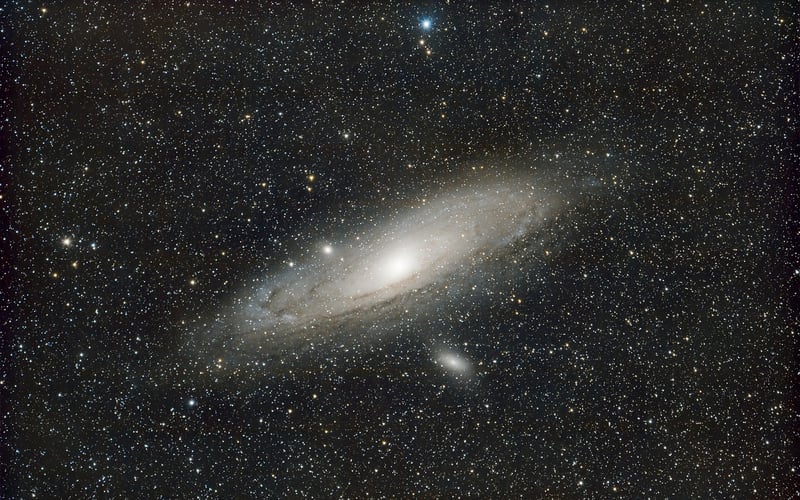Interstellar Navigation
Charting the Vastness of the Cosmos and Interstellar Navigation

The Immensity of the Universe
Our universe is a vast expanse that contains billions of galaxies, each comprising billions of stars. The sheer scale of the cosmos is mind-boggling, with distances measured in light-years, the distance light travels in one year.
Galaxies
Galaxies come in various shapes and sizes, from spiral and elliptical to irregular. The Milky Way, our home galaxy, is a barred spiral galaxy that contains our solar system.
Stars
Stars are the building blocks of galaxies, where nuclear fusion converts hydrogen into helium, releasing energy in the process. Stars vary in size, temperature, and color, from red dwarfs to blue giants.
Interstellar Navigation
Exploring the cosmos requires precise navigation techniques due to the vast distances and three-dimensional nature of space. Interstellar navigation involves using various methods to determine position and course in space.
Celestial Navigation
Celestial navigation relies on observing celestial bodies such as stars, planets, and moons to determine a spacecraft's position. By measuring angles and distances to known celestial objects, navigators can plot their course.
Warp Drives and Hyperspace
Science fiction often depicts faster-than-light travel using concepts like warp drives and hyperspace. While theoretical, these ideas propose bending space-time to shorten travel distances, allowing for rapid interstellar travel.
Gravity Assists
Spacecraft can utilize the gravitational pull of planets and moons to gain speed or alter their trajectory. Gravity assists help conserve fuel and can significantly reduce travel times for long-distance missions.
Conclusion
The cosmos presents a vast and awe-inspiring frontier for exploration. Understanding the immensity of the universe and mastering interstellar navigation are essential for humanity's continued journey into the unknown depths of space.
Explore more about the cosmos and interstellar navigation here.
